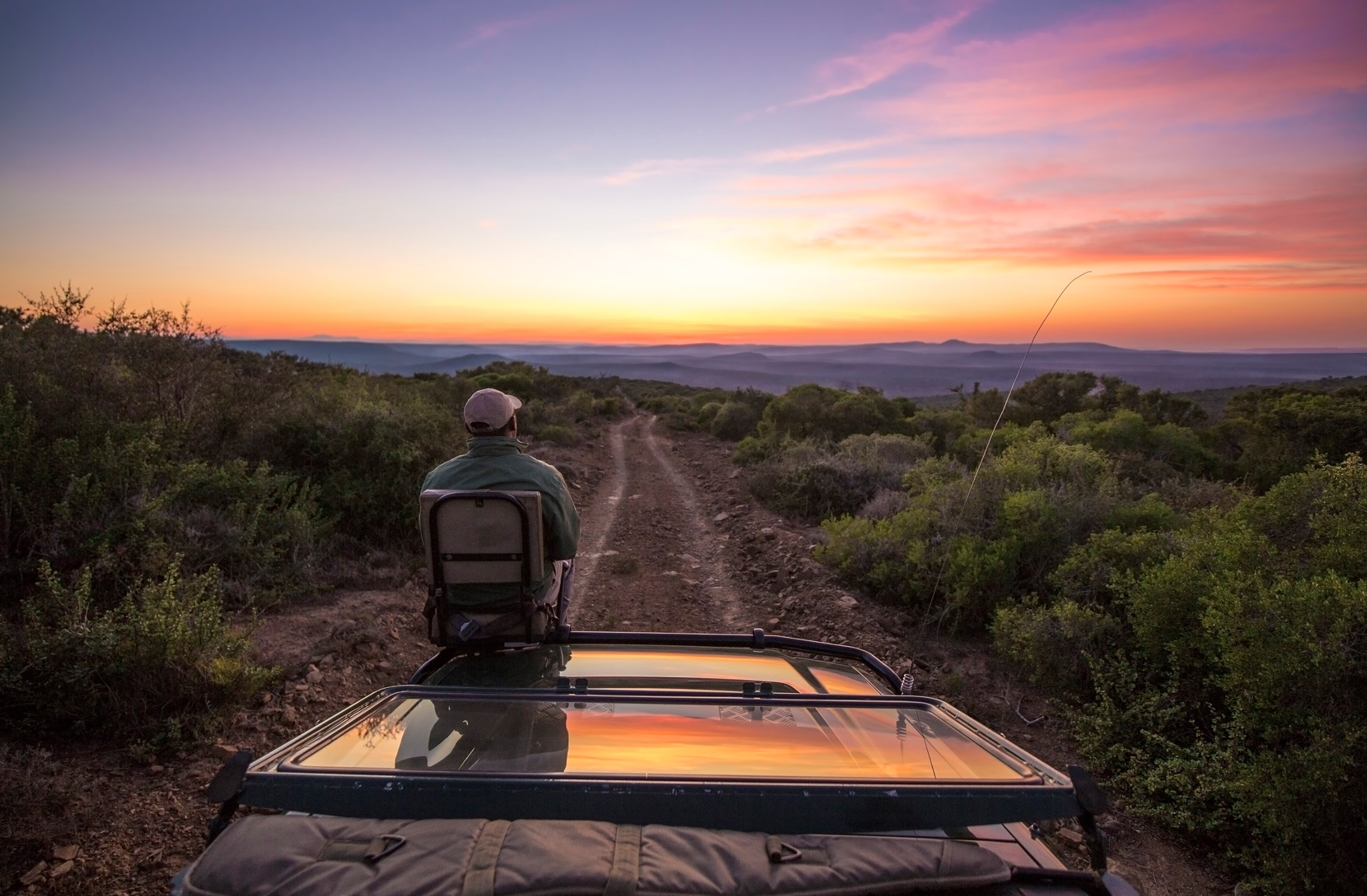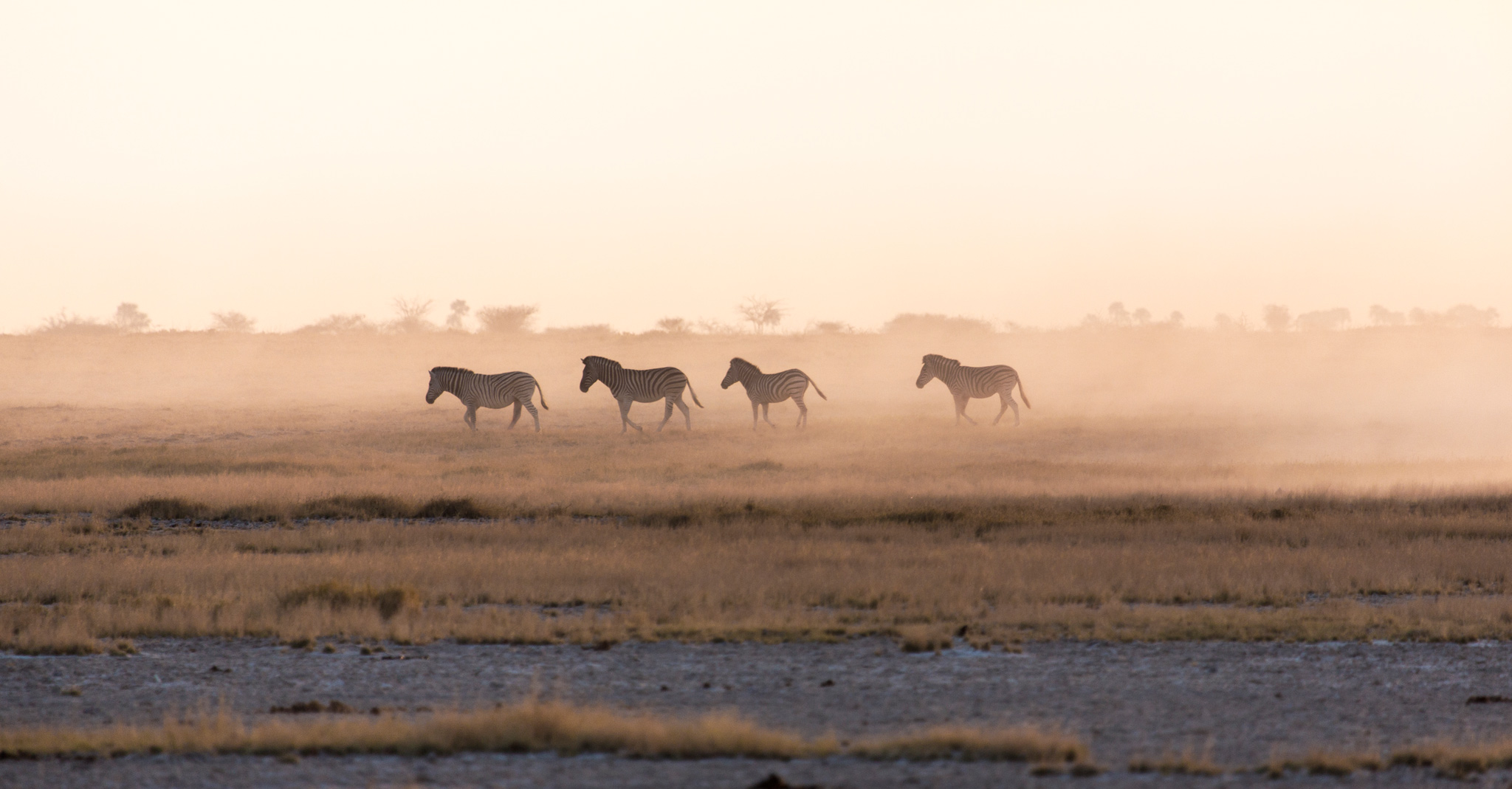What makes a good photo?
That was the question we put to Rhino Africa’s award-winning wildlife photographer Simon Watson.
Africa’s Photographer of the Year is searching for the best photographs of Africa with a grand prize of a 10-day safari for two on offer for the winner as well as smaller prizes for category winners. Enter now!
“To me, what defines a good photo, is an image that communicates something that words cannot,” Simon said slowly after some consideration.
He thought for a bit longer, uncharacteristically quiet and with a faraway look in his eyes, and then added, “There is a black and white image by a fine art photographer who I came across when I was visiting the bookstore across from the Tate Modern in London. This fantastic-looking bookstore was selling loads of second-hand art books – unique books with quite a small number of publishings and you could pick them up ridiculously cheap. I got a beautiful photography book by a guy called Harry Callahan. It was a large A2 size black and white photography book. It had a lot of street photography, very graphic compositions, patterns, and simple objects.
“There is a photograph of a woman and young girl lying on a bed with a window and a radiator. Simple. He used to photograph his wife and his daughter a lot. There’s this quality about the image. You see, I can’t explain it. But what I see in this image is one of the most innocent and beautiful photographs and situations. You see it from the photographer’s and father’s perspective; the simple room, the loosely dressed bed, the morning light shining in the window. And I get an incredibly warm feeling of love and family and innocence and something else which you can’t really put down into words. It’s a good one to stare at on your own for a while. There is a nude woman and a nude girl in this photo but there is nothing sexual about this photo, which I also love. So that to me is an example of a great photo and it’s one of my favourites. But it could be silly and not meaningful to someone else, which I also like.”
Now, we can’t tell you exactly what it is that makes a photo resonate so profoundly as that one has with Simon, but if you follow these guidelines for composing your photographs you’ll improve your chances of taking one. If there is one skill you should learn in photography to take your images from enthusiast level to pro, it’s the principal of good composition. Once you are familiar with how to compose an image on camera, all other aspects of photography will start to make sense. Here they are:
1. Leading lines
Leading lines can make a big impact on how eye catching your images are. The principal of the technique is to incorporate the natural lines within your composition and frame them in a way that they lead the eye to the main subject of the photo. Horizons, rivers or roads are perfect examples of things that can be used as leading lines in a photograph.
2. Symmetry and patterns
Symmetry and patterns are taken advantage of to add a unique quality to your photographs. A pattern can be found in many situations if you look for it, from ripples on the sea in Mozambique to the trails that hippos leave behind in the Okavango Delta. Symmetry can be difficult to find on a safari but if the opportunity arises it always makes for stunning results here are some examples of where you can find it. Reflections on still water, Long straight road.
3. Rule of thirds
This is perhaps the most common rule used in photography composition, so popular that most cameras have an option of applying a grid of thirds to the viewfinder or screen when shooting. The principal of the rule is to frame your subject or subjects on one of the intersections of the lines to create balanced images that are pleasing to the eye.
Diagonal thirds
 Diagonal thirds is a similar principal to the last but it is used to draw the eye from one side of an image to the other, it works particularly well for portrait style images.
Diagonal thirds is a similar principal to the last but it is used to draw the eye from one side of an image to the other, it works particularly well for portrait style images.
4. Balancing Elements
Balancing elements is a technique used to stop your images from feeling empty or uneven from one side to the other. Try to ensure that the action or subjects don’t all happen in one part of the photo, the more balanced the photo is and feels, the better.
5. Framing
Natural framing is a hugely successful technique for wildlife photography as quite often you will be shooting through vegetation and other natural occurring obstacles, it is always a good idea to try and use these obstacles to your advantage to add a sense of reality and intrigue to your compositions.
Thanks for these tips! I have been joining a lot of African photo safari tours and I am continuously improving my photography skills. I will remember all the things you said here, especially the one about framing.